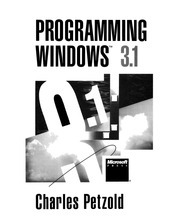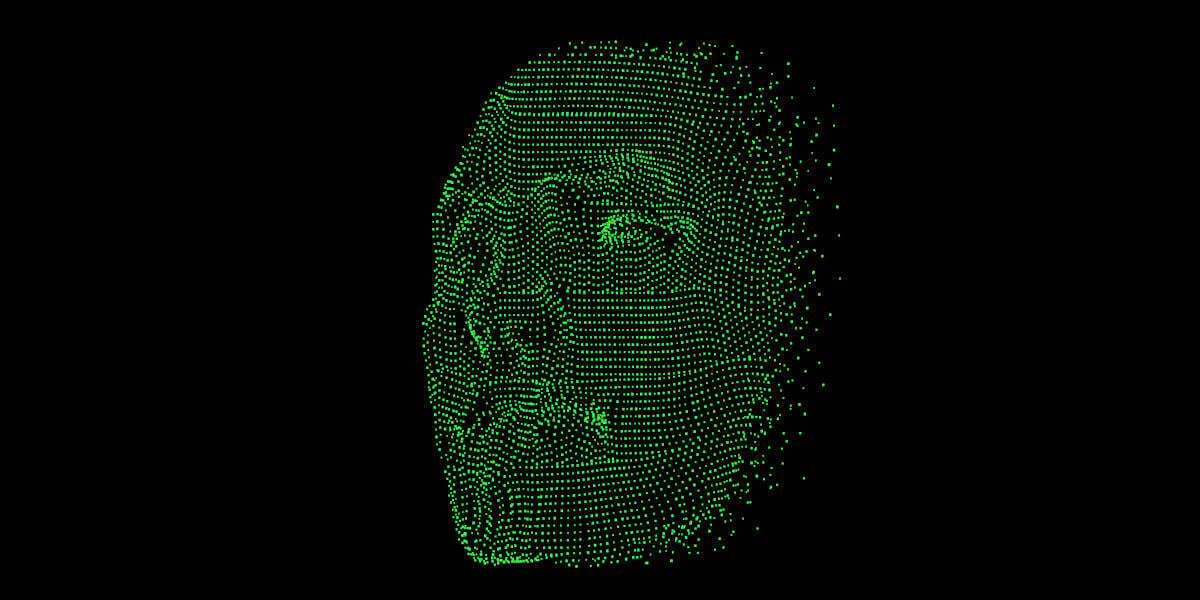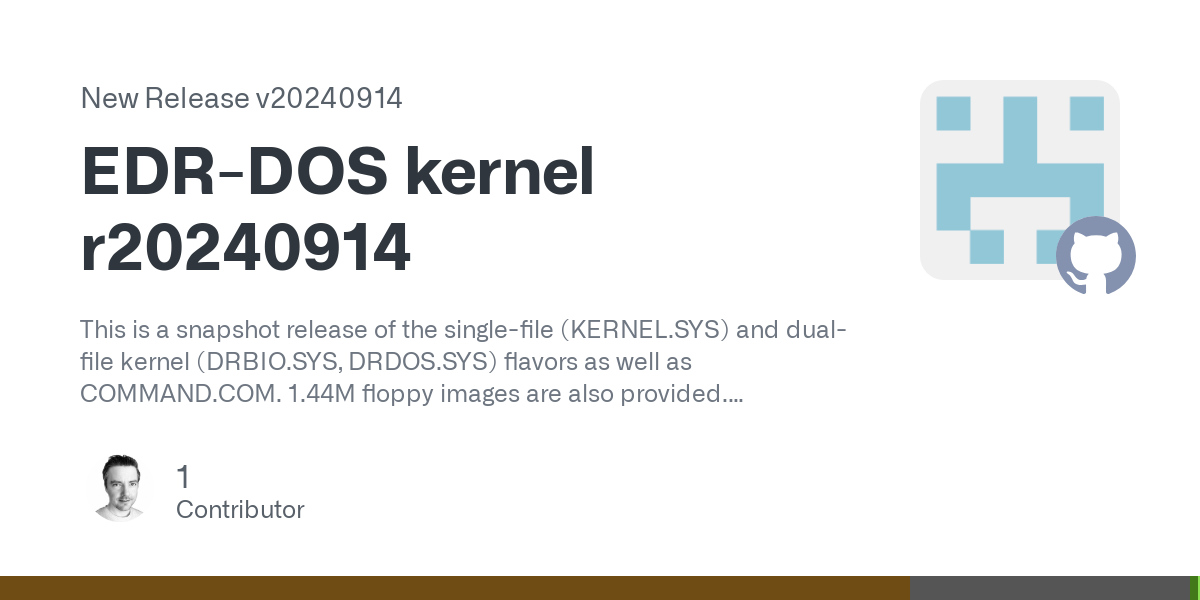@nina_kali_nina : nice read, writing that must have been a lot of work!
Besides MSDOS, we were running DRDOS (Digital Research) on a couple of PC's (PC AT's) in the physics reseach group (Delft university) where I worked at the time.
Microsoft did their very best to destroy that competitor, by preventing that Windows 3.1 would run on DRDOS (Andrew Schulman figured out why: [1]).
Right before I started working there, I had privately bought an Atari ST. It ran DR GEM on a relatively high-res (80x25 perfectly readable black chars on white background) monochrome screen with 71Hz refresh frequency (way better than flickering green or amber CGA-monitors), and more importantly (as a programmer): a flat memory space (68000 CPU @ 8Mhz, slightly faster than a Mac). No 64kB segments!
Frank Ostrowski's GFA BASIC (which had not much in common with MS BASIC) was a brilliant programming language (I enjoyed writing assembler routines for time-critical stuff, that could be easily called from GFA BASIC).
W.r.t. Intel CPU-based PC's, Borland was a game changer. While my girlfriend learned Turbo Pascal (to be followed up for also revolutionary Delphi for Windows), I learned C++ using Borland's compiler.
At work Charles Petzold's book "Programming Windows 3.1" (https://archive.org/details/programming-windows-31-3rd-ed) proved helpful (although writing an "Hello World" program was awkward) after we upgraded to Windows 3.1, and later Windows 3.11 for Workgroups - with a TCP/IP stack installed.
Anyway, thanks again for reviving my memories from way back when, and I wish you all the best for 2025!
[1] https://lwn.net/Articles/178953/




